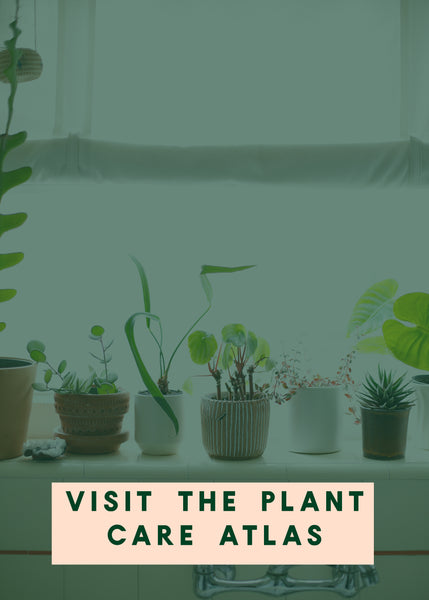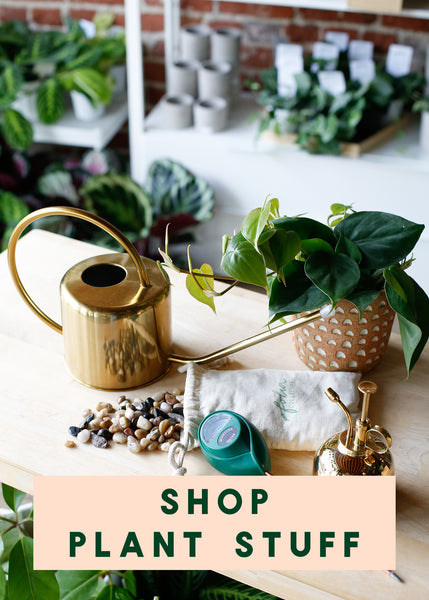Plant Know-How: Ctenanthe

Ctenanthe burle marxii

HOW TO CARE FOR CTENANTHE:
Light requirements for Ctenanthe: Ctenanthe do best in bright filtered light, but they can adapt to medium light as well- they just won't be as full (expect leaf drop while the plant adjusts to lower light levels) and new leaves will be smaller. Like all other members of the Marantaceae family Ctenanthe leaves will burn if kept in direct sun.
Watering tips for Ctenanthe: Ensure the soil never completely dries out. Water when the top 1/8 to 1/4 of soil has gone dry. Ctenanthe need added humidity to truly thrive and avoid brown and crispy leaf edges. Place them near a humidifier or in a bright, humid room like a bathroom to maintain high humidity. If you need some help knowing how wet or dry your soil is, a moisture meter is a helpful tool that can take out some of the guesswork!
The Best Soil for Ctenanthe: Because Ctenanthe shouldn't dry out too much, or too quickly, a potting mix that retains some moisture, while still allowing oxygen to reach the roots is best. Our Thirsty Tropicals Potting Mix is a perfect choice for any Caladium.
Is Ctenanthe pet-safe? Like other plants in the Marantaceae family, Ctenanthe are non-toxic to cats & dogs! If you're looking for other pet-safe plants, be sure to check out the Pet Safe category of the Plant Care Compendium!
How to style Ctenanthe: Because of their striking leaves, we think Ctenanthe look best in simple pots that allow the plant to be the 'star'. The growth habit of many varieties of Ctenanthe lends itself well to pots with a pedestal shape- giving space for the leaves to cascade down.
Did you know? Certain members of the Marantaceae family are cultivated for use as a food source!
 Ctenanthe setosa
Ctenanthe setosa
If you're looking to add a Ctenanthe to your plant collection, we have them in-store from time-to-time. Text the shop to see what we have available!




